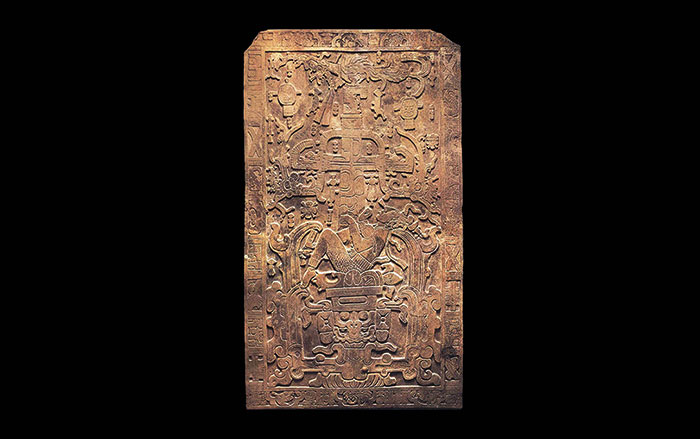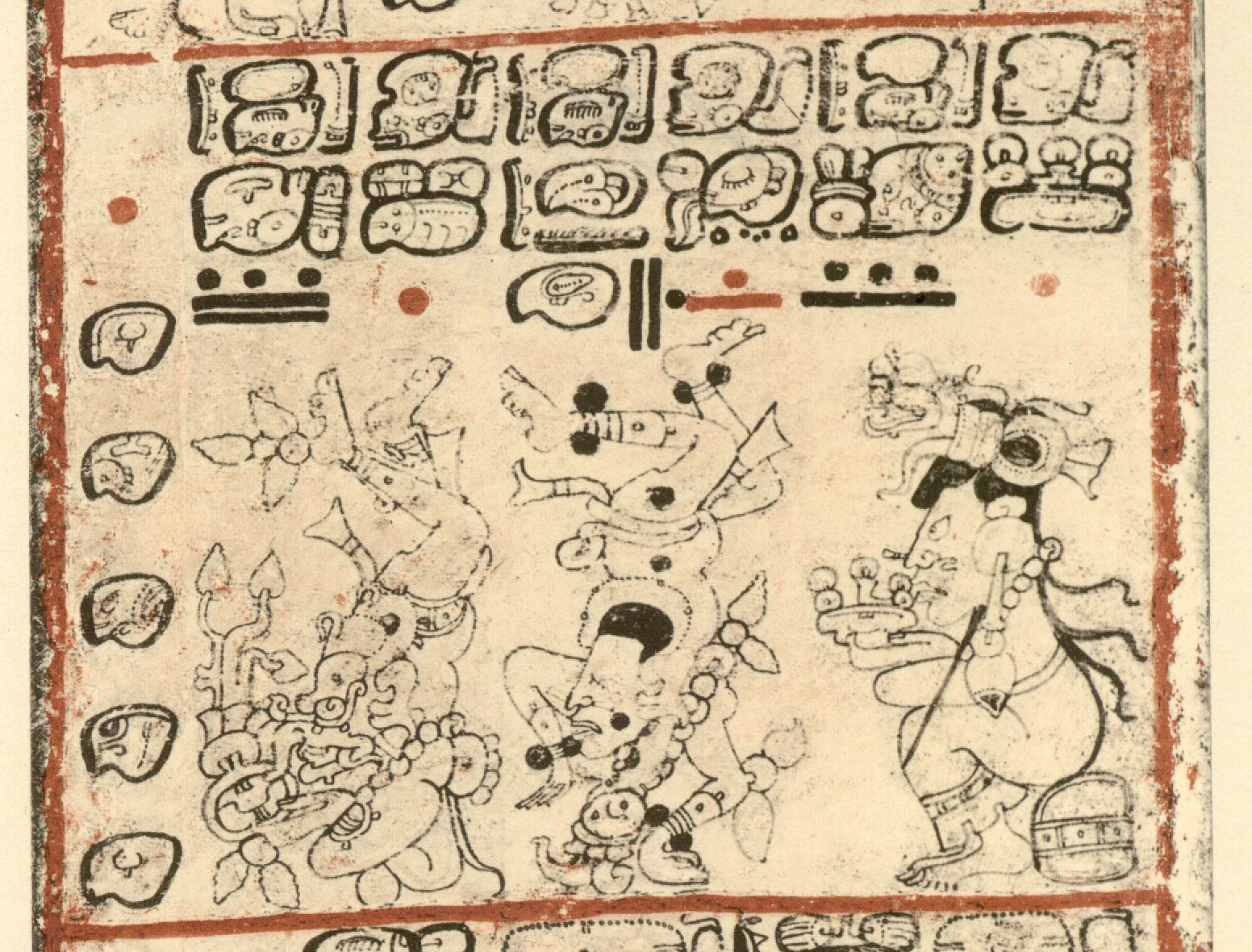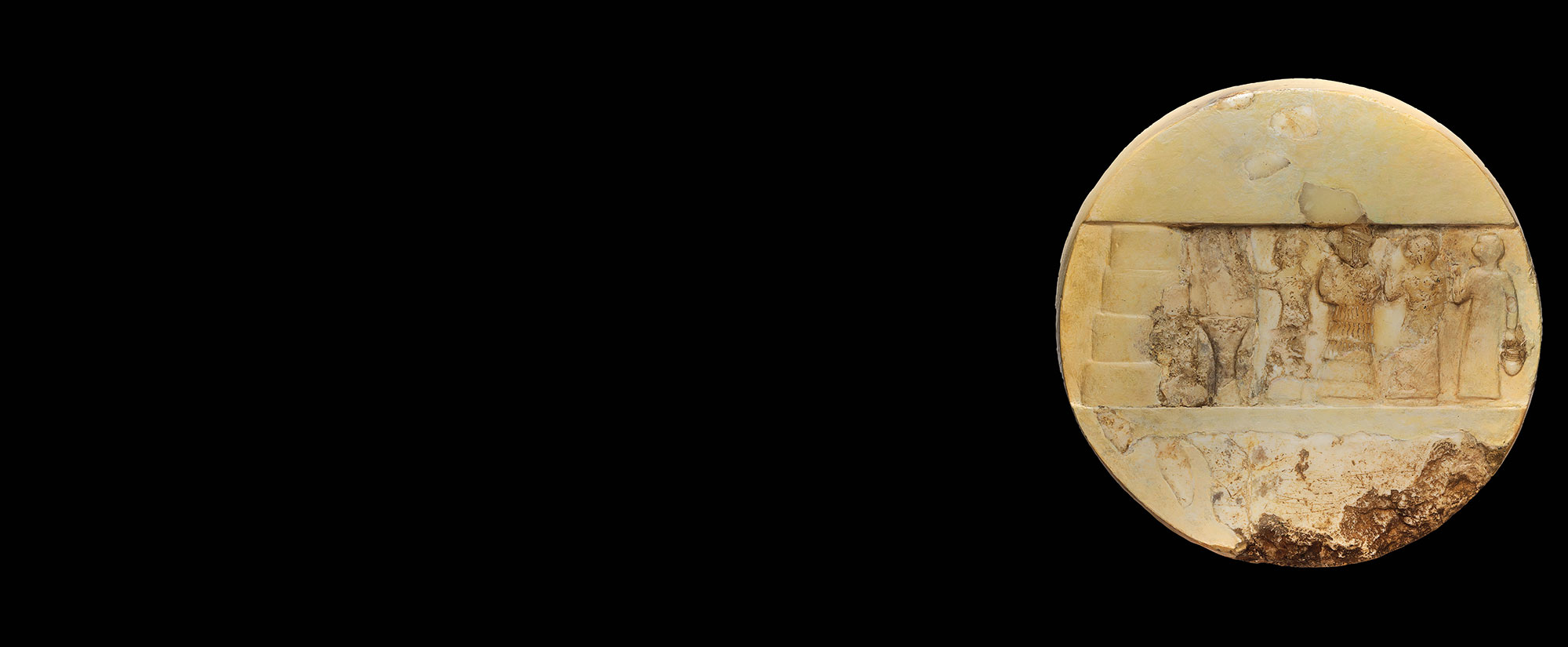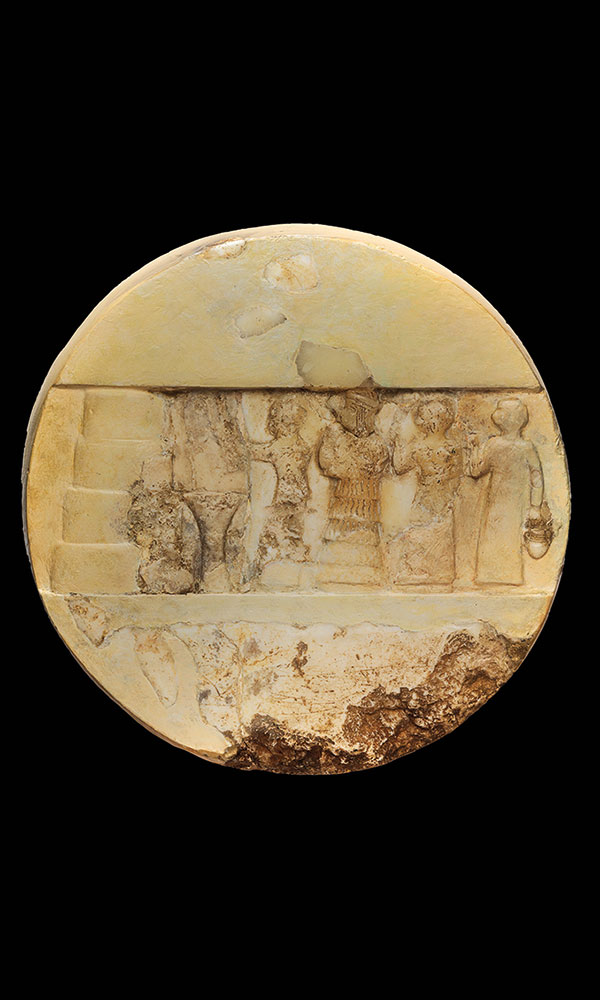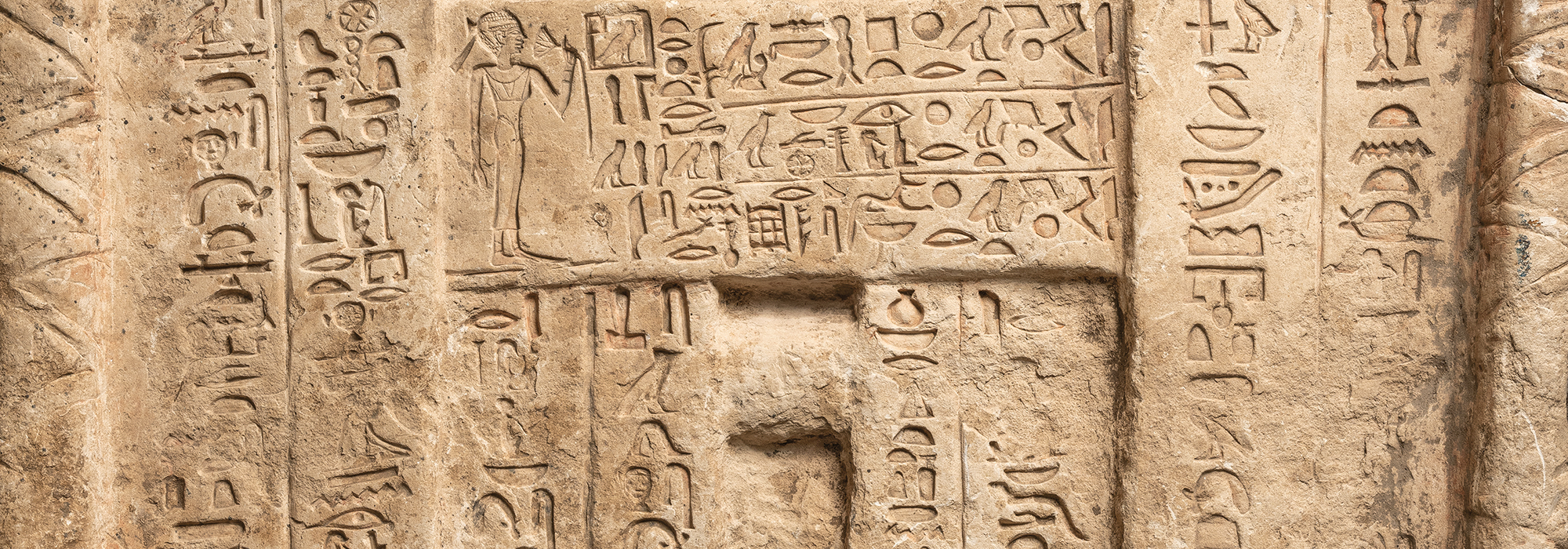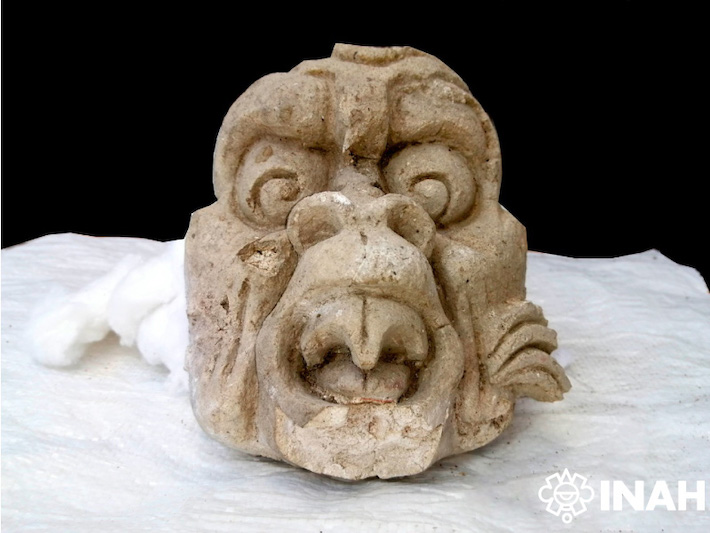
CHIAPAS, MEXICO—According to a statement released by Mexico’s National Institute of Anthropology and History, over the past decade, a collection of 700-year-old stucco sculptures has been unearthed at the Maya site of Toniná, which is located in southern Mexico. Many of the sculptures depict the human face, according to archaeologist Juan Yadeun Angulo. “Here the human body is part of the decoration of the buildings,” he explained. One of the masks, found at the Temple of the Sun, has a shark tooth but lacks a lower jaw, thus indicating that the being is dead. This sculpture is thought to represent the lord of the underworld. Fragments of another sculpture are thought to represent Tlaloc, a god worshipped in central Mexico’s city of Teotihuacan. Others represent rulers; scenes from the sacred narrative, the Popol Vuh; and some may have been used as mannequins to fashion jade masks. “These faces, these portraits, look at us from the past, their gaze transports us to the royal court of the ancient and powerful Mayan kingdom of Po’o,” Angulo concluded. To read about a Maya creation story recorded in the Popol Vuh, go to "Piecing Together Maya Creation Stories."



